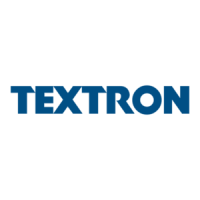4-26 673831-Rev A
ELECTRICAL
4
Charging Circuit—Theory of
Operation
Unswitched Power Circuit
Unswitched power is available from the battery positive
terminal to the 3-way distribution block.
Unswitched power is available from the 3-way distribution
block to the following:
• Alternator battery terminal
• 30-amp fuse (F3)
• 15-amp fuse (F4)
Unswitched power is available from 30-amp fuse (F3)
output terminal to the ignition relay (K1) terminal 30.
Unswitched power is available from 15-amp fuse (F4)
output terminal to the following components:
• Ignition switch terminal 6
• LDU Display terminal 1-01
Charging Circuit
When the key switch (SW1) is turned to the run position,
voltage is provided from key switch terminal 4 to the
ignition relay (K1) terminal 86, energizing the relay. With
the relay energized, switched power is provided from
ignition relay terminal 87 to the alternator field terminal,
exciting the alternator. With the engine running and the
alternator field terminal excited, the alternator produces
three-phase alternating current (AC). The AC current is
rectified by internal diodes and direct current (DC) is
available to the internal voltage regulator.
When the battery voltage is low, current flows from the
voltage regulator to the battery, charging the battery.
When the battery is fully charged, the regulator stops
providing current to the battery.

